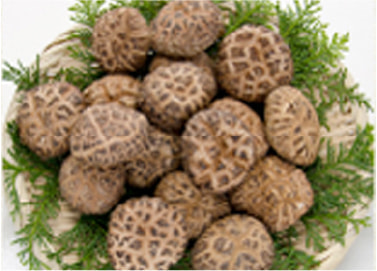
Donko
These Shiitake grow slowly in the cold climate from late winter to early spring. The edges are thickly rolled inward, the cap is very thick and the entire mushroom is very rounded.
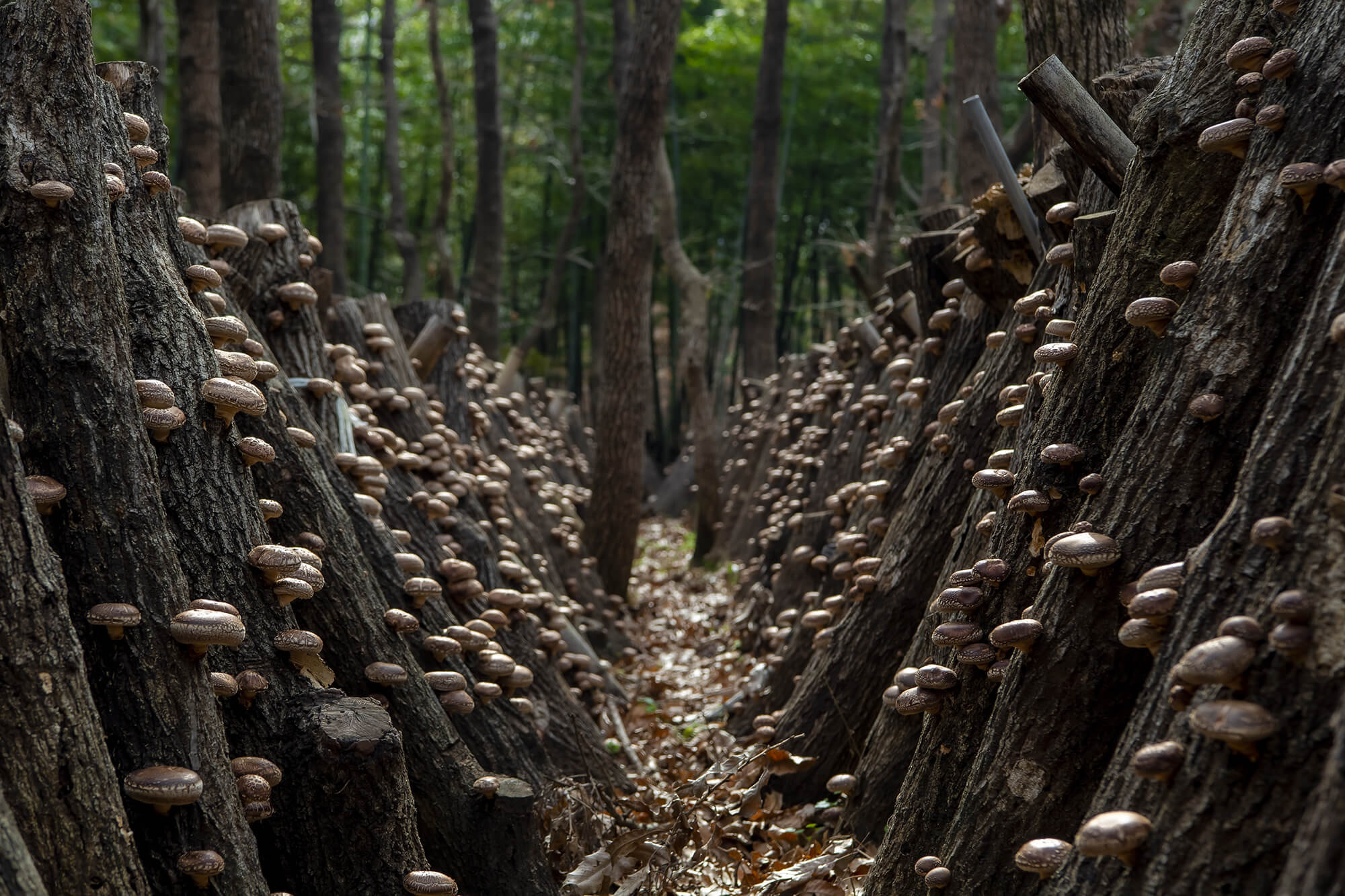
Since May 2013, when the area was recognized as a World Agricultural Heritage site, specific efforts have been made based on the “GIAHS Project Action Plan for Agriculture, Forestry, and Fisheries Circulation in Kunisaki Peninsula and Usa, Linked by Kunugi Forest and Reservoirs” (planning period: FY2013 - FY2019). During this period, the government and related organizations have cooperated to implement various projects with the pillars of “passing on the agriculture, forestry, and fisheries industries and their related human activities to the next generation” and “creating local vitality through manufacturing and increasing the number of visitors by utilizing the GIAHS brand”.
Based on the results of the efforts and challenges of the initial plan and the advice of the World Agricultural Heritage Expert Group of the Ministry of Agriculture, Forestry and Fisheries, an action plan was formulated in February 2008 to be implemented over the next five years. Based on the revised Action Plan, we will continue our efforts to “pass on the traditional agriculture, forestry, and fisheries system to the next generation” and to “create regional vitality” by utilizing the World Agricultural Heritage brand.
Plan period: FY 2008-34 (FY 2018-2022)
Translated with DeepL.com (free version)
The Kunisaki Peninsula Usa area is situated in northeast Kyushu, south of the Seto Inland Sea. It is formed by four cities and one village, with the round peninsula at their center. The geographical terrain features mountain ridges and deep valleys extending out radially from the Mt. Futago mountain ranges at the centre of the peninsula. Plain lands are narrow and there are many short and steep rivers. Due to its low precipitation and volcanic soil that quickly absorbs any rainfall this region has struggled with the difficulties of securing water since ancient times.
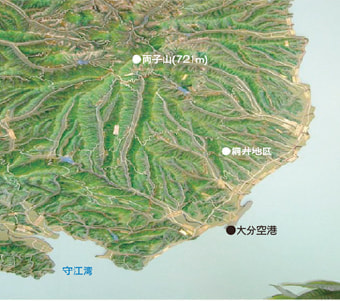
| Area | 1,323.75㎢ |
|---|---|
| Population | 167,992. Total of 10,208 people in agriculture, forestry and fisheries (as of March 2015) |
| Climate | Humid, temperate climate (Seto Inland Sea climate) |
| Main industries | Agriculture, forestry and fisheries, precision instruments manufacturing |
| Average precipitation comparison |  |
In this area, log wood cultivated Shiitake production using Sawtooth Oak forests is carried out traditionally. Sawtooth Oaks provide the necessary nutritional source for the growth of Shiitake mushrooms and are used to produce log wood cultivated Shiitake food source. The Sawtooth Oak forest resource system that produces this food source is highly regarded by the Food and Agriculture Organization of the United Nations (FAO) because it contributes greatly to the aspects of nutrition and livelihood security in this region of limited arable land. Furthermore, by growing log wood cultivated Shiitake, the logging and regeneration cycle of the Sawtooth Oak forest is repeated and further prompts the renewal of the forests. Together with maintaining public functions of the forests such as recharging the water resources, it is linked to the preservation of the excellent Satoyama (rural area) environment and scenery.

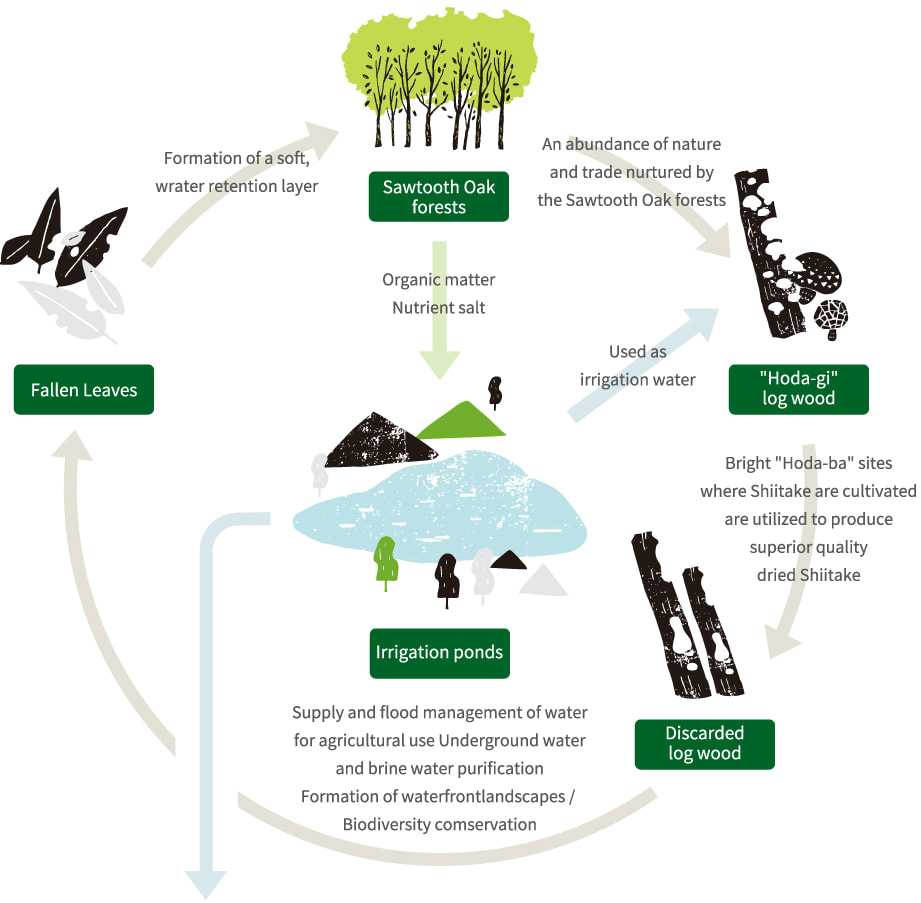

In the past, the people of this region had to contend with water shortages therefore they carried out rice paddy agriculture which utilized the natural landscape. The traces of such efforts are told by the “Tashibunosho Osaki Agricultural Landscape” which still exists today almost completely unchanged from the Middle Ages.
In the regions around the base of the mountains, the Sawtooth Oak forests are properly managed so that the recharged water resources nurture the rice paddy agriculture and diverse ecosystem. They form the beautiful scenery of the ‘Satoyama’ areas and farming communities. With origins in the manor remains of the 11th Century, the fact that the fundamental form of the 14th to 15th Century arable land and hamlets has been retained is highly acclaimed, and in 2010 the landscape was designated as an “Important National Cultural Landscape”.

Shichitoui cultivation does not overlap with the water usage periods and busy, labor intensive periods of the wetland rice cultivation. In the past it was grown widely within the prefecture given the high demand for the durable ‘Tatamiomote’ sheets that are made from it, but at present Kunisaki Peninsula Region is the sole production area for Shichitoui. Compared with Igusa (soft rush), Shichitoui is hard and has outstanding durability and is used for making tatami mat sheets for Judo halls and traditional cultural assets.
It is planted in early May, and then as it grows it is trimmed* and steadied by netting to prevent it from falling over. Approximately 90 days after it is planted, it is harvested in early August by hand using a sickle. The Shichitoui is split lengthways into two strips and then dried out over a period of 10 hours. Finally the strips are woven* into sheets. Shichitoui is a very labor intensive crop.
The interlinked system of Japan’s greatest accumulation of Sawtooth Oak forests and multiple irrigation ponds bears a variety of agriculture, forestry and fishery industries which includes the country’s sole Shichitoui production area, in addition to preserving the diverse ecosystem. Based on the Rokugo Manzan culture, many folk events related to farming passed down through generations still exist today.
On top of stably running rice paddy agriculture, it is estimated that the history of the indispensable irrigation ponds began in the period in the 11th Century when the fields were opened up and crop cultivation began. Most of these were established in accordance with the population increase of the 19th Century. Given that the construction of large scale irrigation ponds was not possible due to the area’s geographical conditions our ancestors established the techniques to secure the necessary amount of water using multiple interlinked small scale irrigation ponds. Through this, reciprocally beneficial water supplies were equalized and the precious water was efficiently distributed and the water shortage issue was resolved. In addition by having open waterways between the irrigation ponds, the water catchment area was increased so that more rainfall entered the irrigation ponds and a stable water supply is attained.
The Tsunai region of Kunisaki City currently uses an interlinked system of six ponds which was established in the Edo Period. Takao pond, which is the furthest upstream pond, is kept for use in the latter period of wet-land rice production. Until then, the three mid-stream ponds and the two downstream ponds are fed into one another and supply the water for production.
In this region the knowledge and experience needed for continuing the irrigation water supply system is passed down through generations. There is a position called the “Ikemori” (pond manager) who is entrusted with the operations and management of the irrigation ponds. Water withdrawal management is conducted so that rice paddy water rations are equalized and so that water is used effectively and fairly. The fact that this system is maintained and managed for each of the rivers spreading outward from the Mt. Futago ranges is a feature of the rice paddy agriculture of this region.
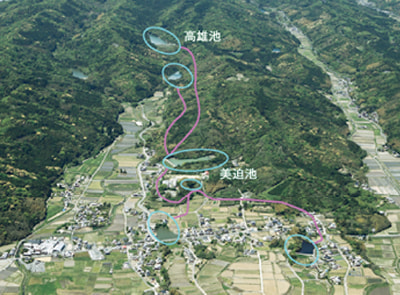

The cumulative total of Sawtooth Oak trees in Oita Prefecture accounts for around 24% of the total nationwide, making it the largest amount in Japan. The proportion of the region’s forest area covered by Sawtooth Oak forests is 11.5%, which exceeds the prefectural average. This is due to the geographical characteristics of the area which make the natural environment well suited to Sawtooth Oaks. From this stemmed the active planting of trees in the Satoyama areas for use as Shiitake cultivation log wood as well as wood and charcoal fuel materials so that residents could make a living.
Even when chopped down, the Sawtooth Oak sprouts from the stump and has the fantastic characteristic of being a cyclical source of timber. Through appropriate management, planted Sawtooth Oak forests will grow to the suitable size needed for use in log wood cultivated Shiitake production after around fifteen years. The fully grown Sawtooth Oak trees are cut down in autumn and supply Shiitake production. After the Sawtooth Oak trees are cut down, new shoots sprout from the stump the following spring.
n order to ensure the necessary amount of sunlight and nutrients for growth, undergrowth and weeds are trimmed back. The trimmed undergrowth then not only holds back the growth of future undergrowth, but as it slowly decomposes it also assists the growth of the Sawtooth Oaks and provides them with nourishment. Furthermore, the fallen leaves and old logs that have been used for Shiitake cultivation humify and turn into mineral rich soil, forming a soft, swollen water retention layer. Two to three years after sprouting, the stumps are cleared to leave only two to three shoots which accelerates their growth. Before long, around 15 years after being cut down, the Sawtooth Oak trees regrow to a size that allows them to be used as log wood for Shiitake cultivation.
また萌芽から2~3年後には、成長を促進するために芽の数を2~3本残すように整理を行い、やがてクヌギ林は伐採から約15年後に原木として利用できる大きさに再生します。
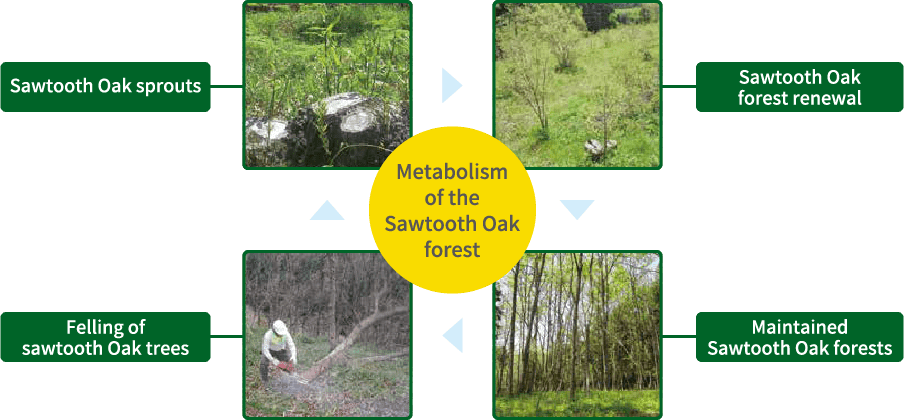
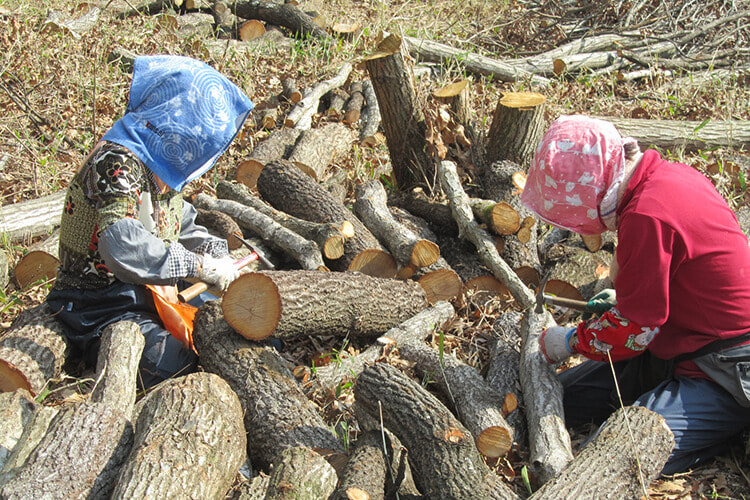
Log wood cross cutting
1-2 months after cutting down the trees, they are trimmed to 1-1.2m in length.
Preparing the logs (January to March)
Holes are drilled into the trimmed logs with an electric drill and wood chips containing shiitake fungal filaments are inserted into the holes.
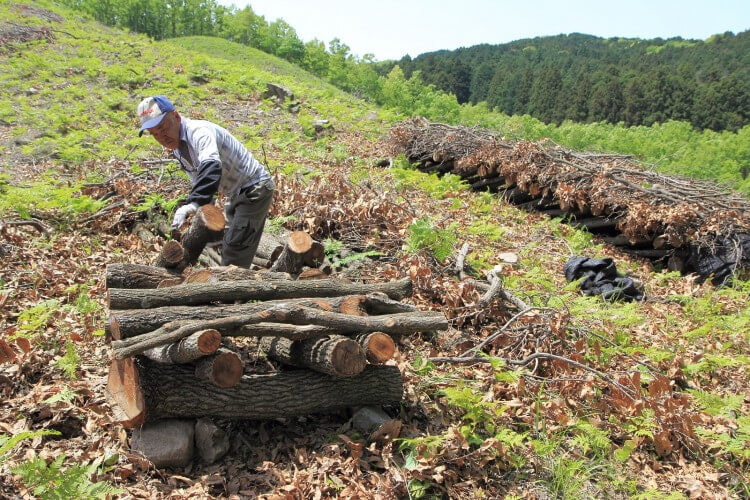
Resting period (January to March)
The logs inoculated with Shiitake fungus are left to rest in an area that will allow the fungus to spread. To provide good ventilation and shelter them from direct light, the logs are covered in Sawtooth Oak branches. This is called ‘Kasagi’.
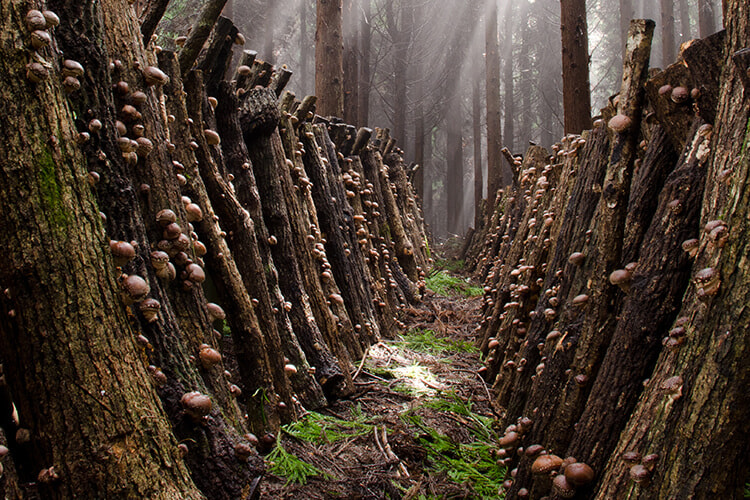
Relocation to the Hoda-ba
After resting, in the autumn of the second year, the log wood is moved to a location suited to Shiitake sprouting called a ‘Hoda-ba’ (where log wood cultivated Shiitake are grown). When Shiitake begin to sprout from the log wood, the logs are then called ‘Hoda-gi’.
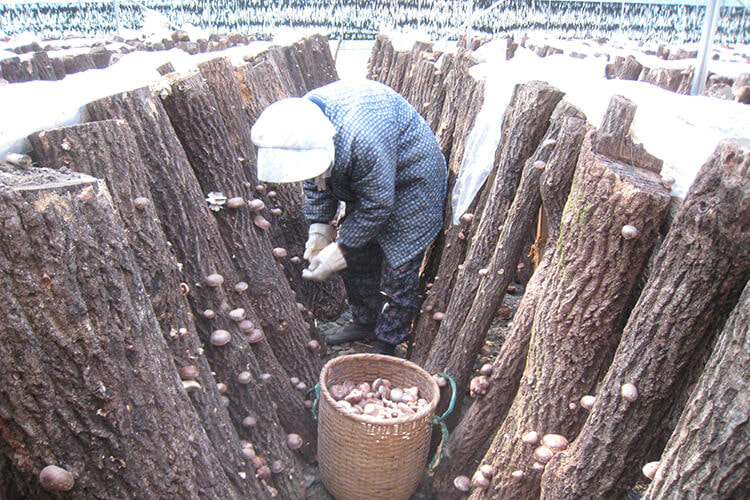
Growth and harvesting
Shiitake predominantly sprout in spring and autumn. Once they grow to the appropriate size, they are harvested by lightly twisting the base of the mushroom.
The key points for growing top quality log wood cultivated Shiitake mushrooms are the Hoda-ba that are used, and the water sprinkling. During winter this area receives little rainfall and experiences low temperatures. Therefore in the period when water is needed for Shiitake to sprout, log wood cultivated Shiitake are produced with methods such as using irrigation pond water for water sprinkling. The Hoda-ba here are not in the commonly used cedar coniferous forests, but instead in broad leaf forests called “bright Hoda-ba” where the lighting and temperature can be suitably controlled.
Dried log wood cultivated Shiitake are log wood cultivated Shiitake that have been dried in sunlight or using a drying machine. Depending on their shape, luster and color they are divided into categories such as “Donko”, “Koko” and “Koshin”. In this region, valuable, high quality dried log wood cultivated Shiitake such as the “Chabadonko” and “Koko” varieties can be grown using superior cultivation techniques. Oita Prefecture holds many shining accolades for its Shiitake and has been awarded the prestigious Grand Prize at the National Dried Shiitake Competition 21 years in a row, and has won a total of 53 times (as of 2019).
Dried Shiitake Mushroom Production Volume
※ 2019 Specific Forestry Products Basec Data (Forestry Agency)

These Shiitake grow slowly in the cold climate from late winter to early spring. The edges are thickly rolled inward, the cap is very thick and the entire mushroom is very rounded.
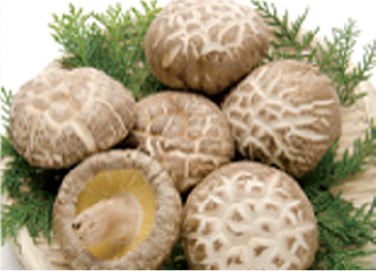
These Shiitake grow in early to mid-spring. They are thicker and larger than the Donko and are both flavorsome and aromatic.
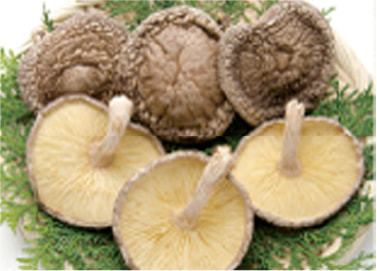
These Shiitake grow from mid to late spring and are harvested once the cap is 70% open. The cap is thin and the mushrooms have a flat shape.
The downfalls of rain in this region soak into the soil piled up with fallen Sawtooth Oak leaves and turns into spring water comprised of organic matter and nutrient salt*. As a source of nutrients for phytoplankton and seaweed, this spring water supports the rice paddy agriculture and coastal fishing in addition to nurturing the diverse ecosystem.
※Nutrient salt … general term for silicate, phosphate, nitrate and nitrite etc. which are nutrients for phytoplankton and seaweed
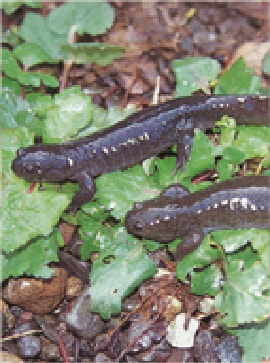
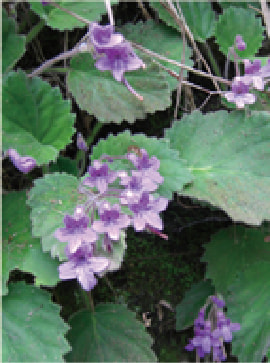
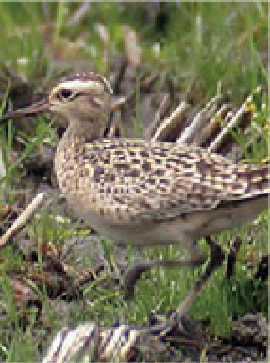
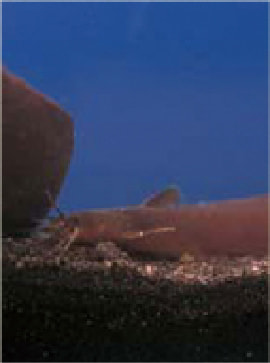
This area didn’t partake in large-scale rice paddy farming so in order to maintain their livelihood residents needed to cultivate a crop that complemented wetland rice. In the past, many farming households combined rice paddy farming with log wood cultivated Shiitake production, but these days there are many commodities being produced such as beef, Welsh onions, small Welsh onions, and greenhouse-grown Mikan fruit. There are many characteristic products, and in particular the Shichitoui crop production area in Kunisaki Peninsula Region is the only production region in the country. In addition to this, there are a variety of agriculture, forestry and fishery industries developing in Oita Prefecture such as the Oita Prefecture specialty Kabosu lime, and the indigenous species such as Mitori beans and Oben persimmons that have taken root in this region.
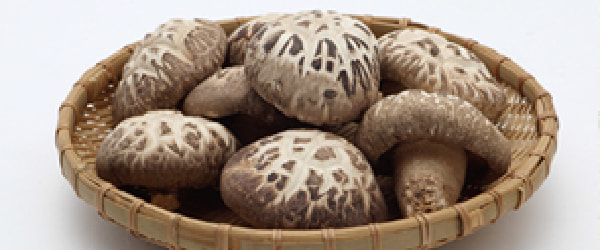
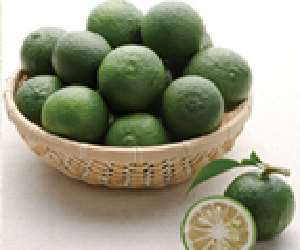
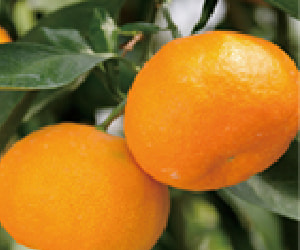
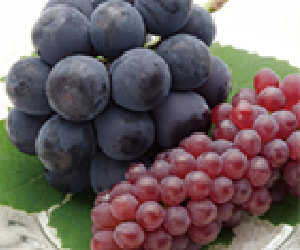
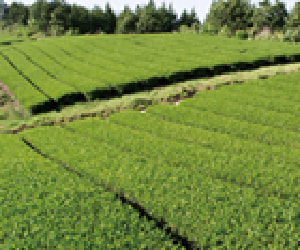
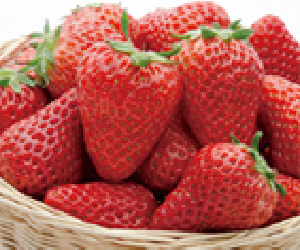
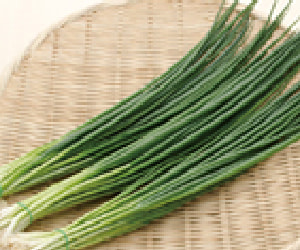
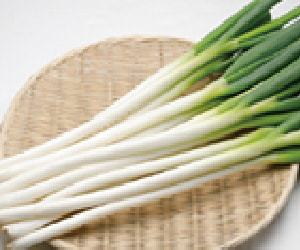
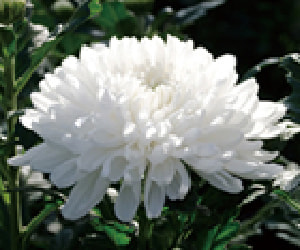
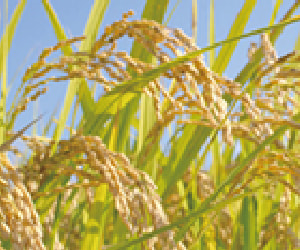
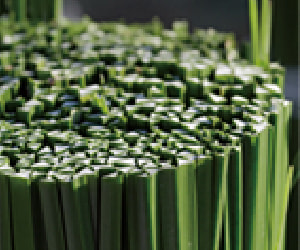
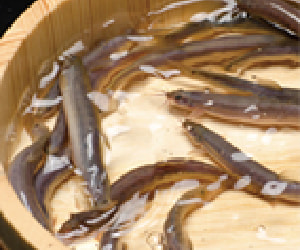
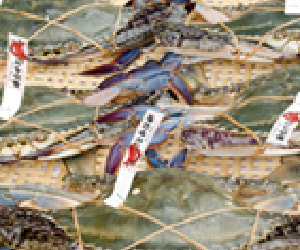
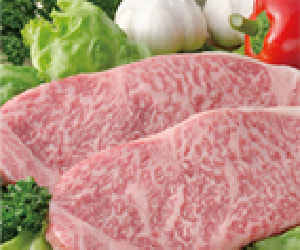
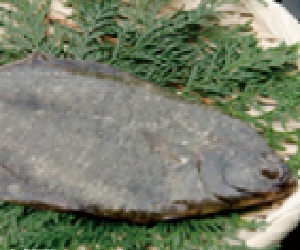
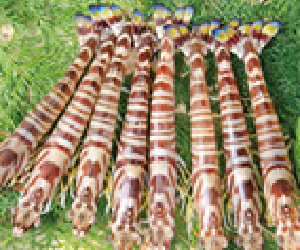
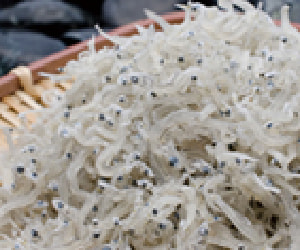
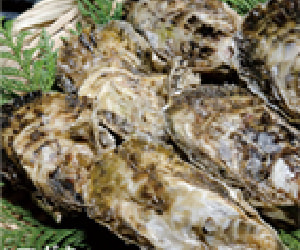
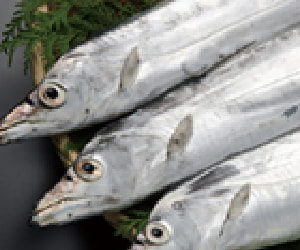
The Kunisaki Peninsula was once made up of the six hamlets called Musashi, Kunawa, Kunisaki, Tashibu, Aki and Imi, formed along the valleys spreading outward from the Mt. Futago ranges. These six hamlets together were called “Rokugo”. The syncretic Shinto and Buddhism “Rokugomanzan culture” in the temples opened by the monks of Kyushu’s largest manor, the Usa Hachiman Shrine (a National Treasure) and its associate temple Miroku is known to have blossomed, and the folk customs and food culture associated with farming have been passed down through generations to this very day.
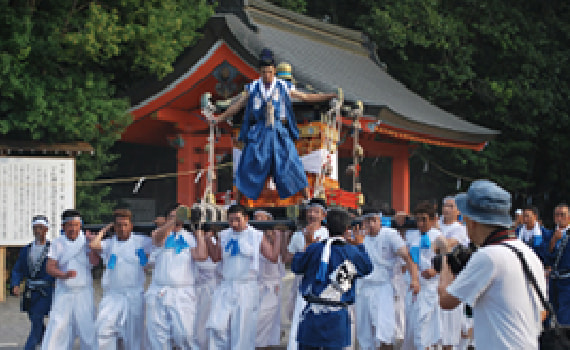
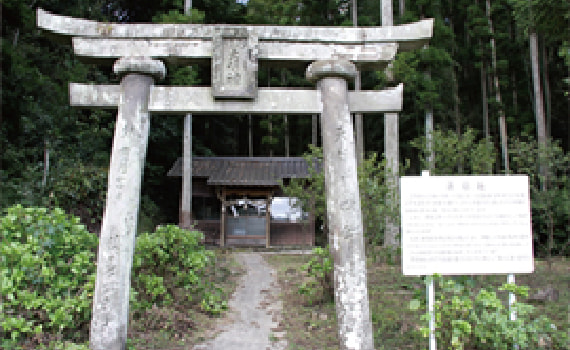

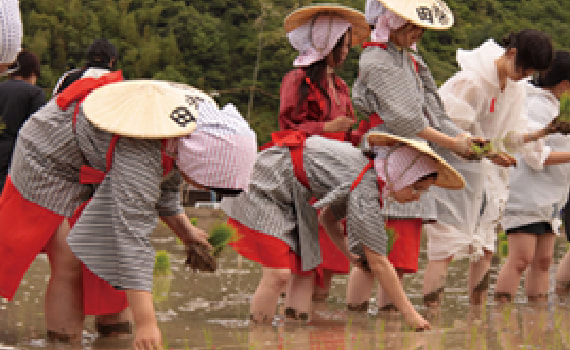
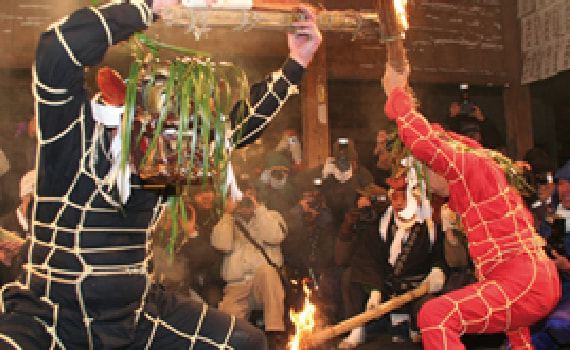
This festival is to show gratitude for the harvest of the previous year and to pray for a good harvest in the year ahead. It takes place at Tennenji (Bungotakada City), Iwatoji and Jobutsu (both in Kunisaki City) temples. Giant torches are lit, there is a Buddhist memorial service by monks, and ‘Oni’ (demon) dances are performed
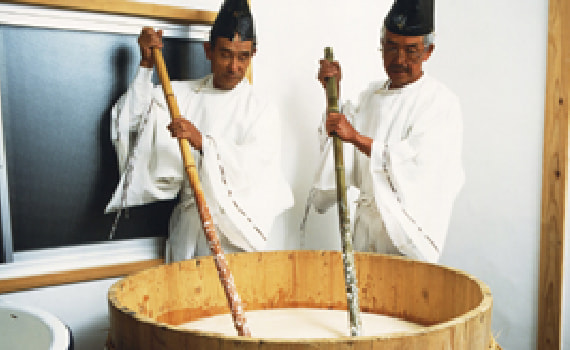
This is a festival at Shirahigetahara Shrine, where thanks is given to rice harvests. At this festival rice wine called ‘Doboroku’ made by parishioners is offered to the guardian deity of the shrine. It is said to have been passed down as a parishioner focused religious organization and event. The practice began in 710, and has been carried on for over 1300 years.
There are many local dishes here that utilize seasonal agriculture, forestry and fishery produce caught and harvested in the area. This local cuisine is offered at each household and restaurant run by local residents.
A group of local women is not only carrying on the tradition of the local dishes, but is also developing new meals using local produce. They are endeavoring to revitalize the region through the succession of regional culture and interaction with large cities.
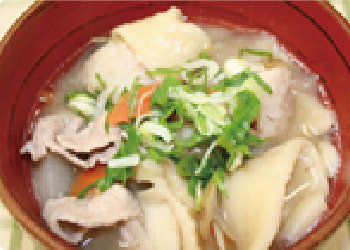
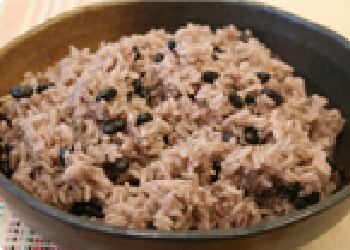
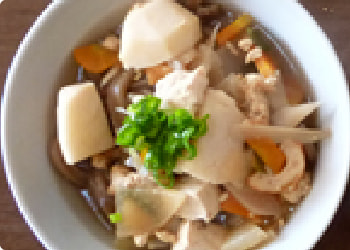


本シンボルマークのデザインは、世界農業遺産にふさわしい独自の豊かな個性を表現、人々がシンボルマークを見たときに、心がホッと安らぐ美しい国東半島宇佐地域の里山風景を感じてもらいたいとの思いを形にしたものです。
農村景観の曲線、そして、調和と循環を意図する円の中に、濃い緑 =「クヌギ林」、両サイドの水色 =「ため池群」、黄緑とツワブキ色 =「棚田」という3つの連なる風景を色面で構成しました。
今を生きる人々へ、これからの千年も「調和のとれた、美しい生きた風景」を残してほしいとの祈りがこめられています。
本シンボルマークは、国東半島宇佐地域世界農業遺産推進協議会が行う情報発信やイベント等のみならず、世界農業遺産『国東半島・宇佐の農林水産循環』の周知啓発や維持・保全等に資するパンフレット、ポスター、名刺などに幅広くご使用いただけます。ただし、ご使用にあたっては、国東半島宇佐地域世界農業遺産推進協議会への事前の申請・承認が必要となります。
詳しくは、世界農業遺産「国東半島・宇佐の農林水産循環」シンボルマーク使用基準(PDF)をご覧ください。
また、ご使用の際は下記の「申請書」をダウンロードしていただきご記入の上、申請窓口まで提出してください。